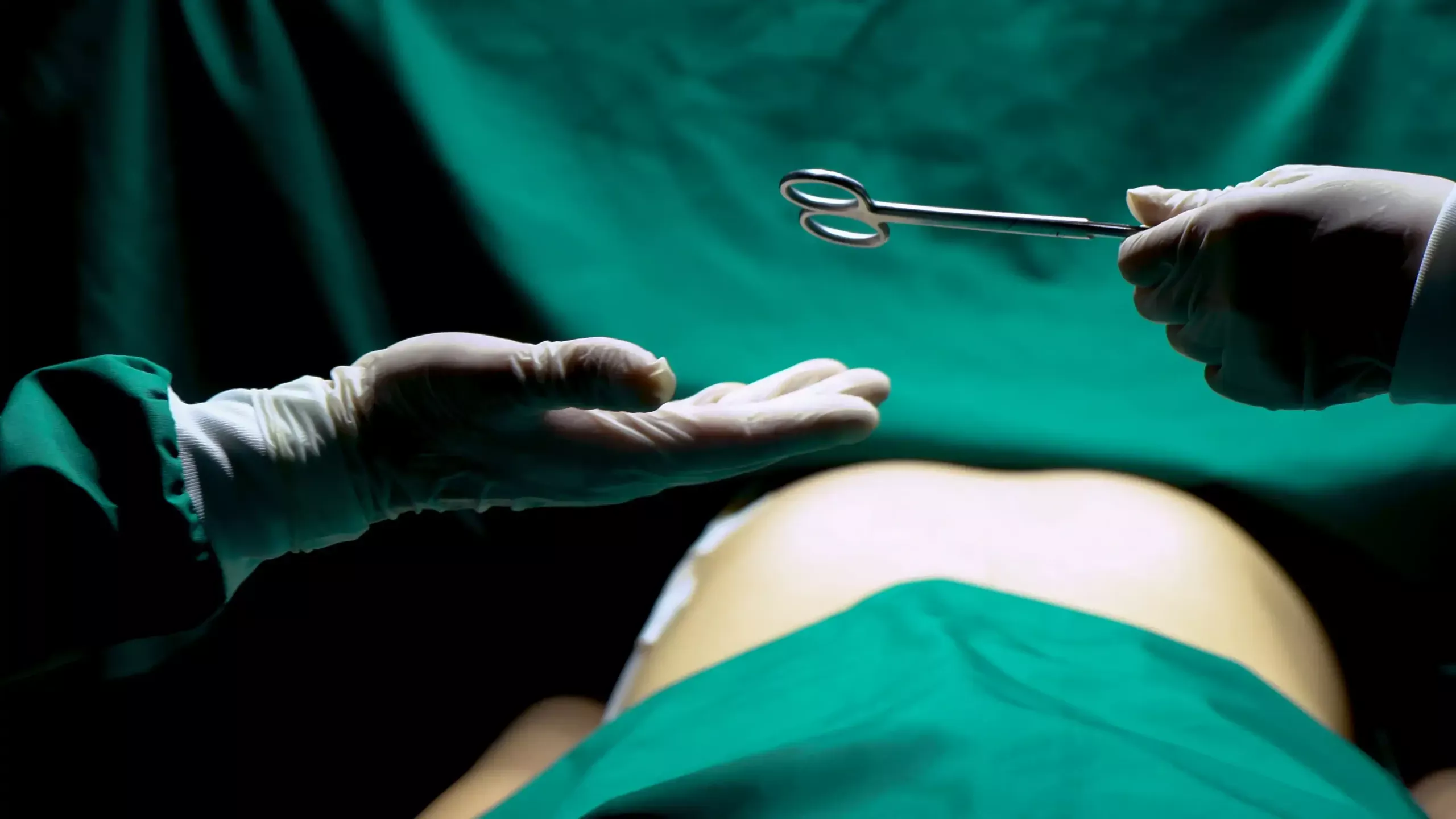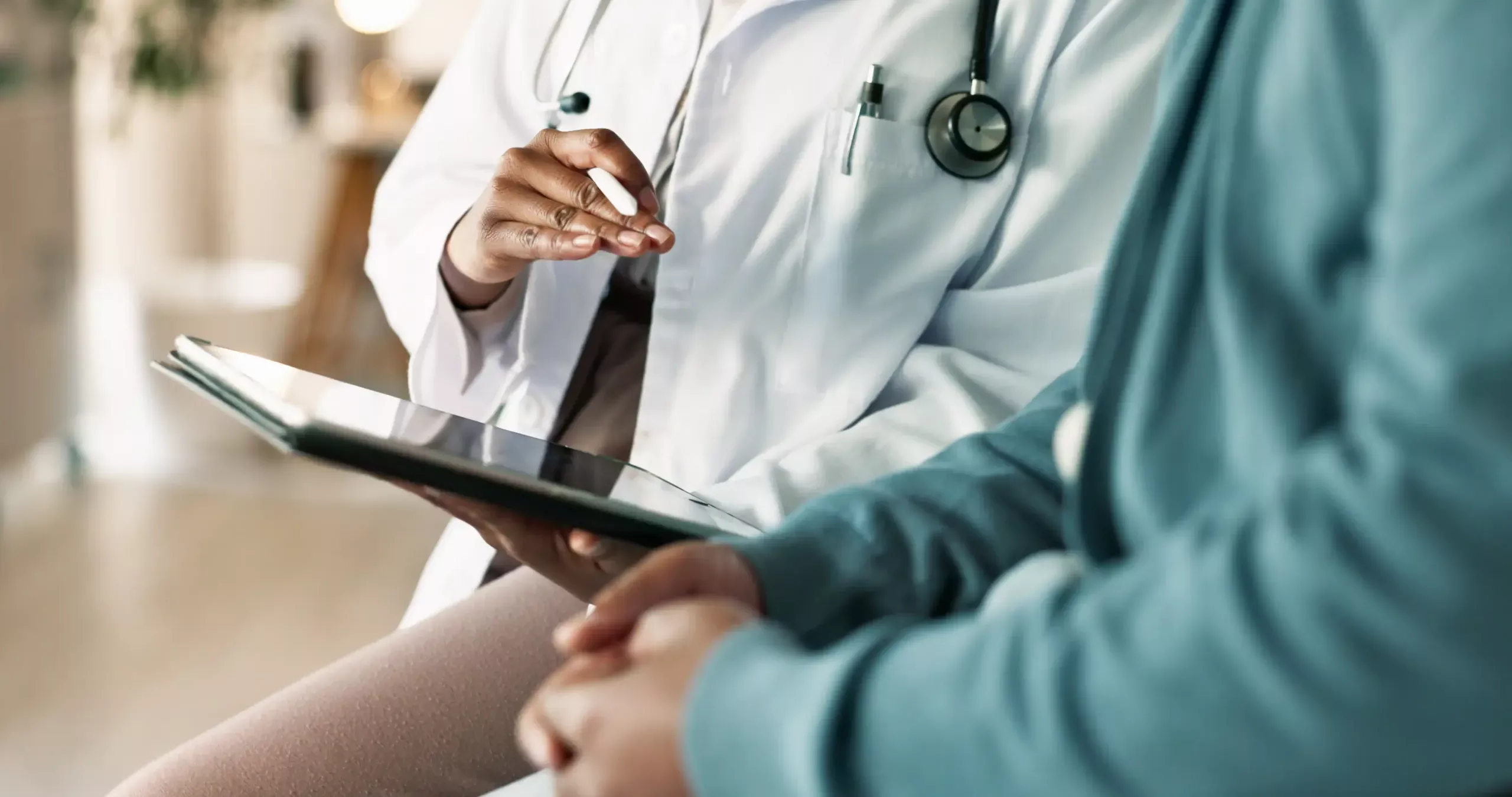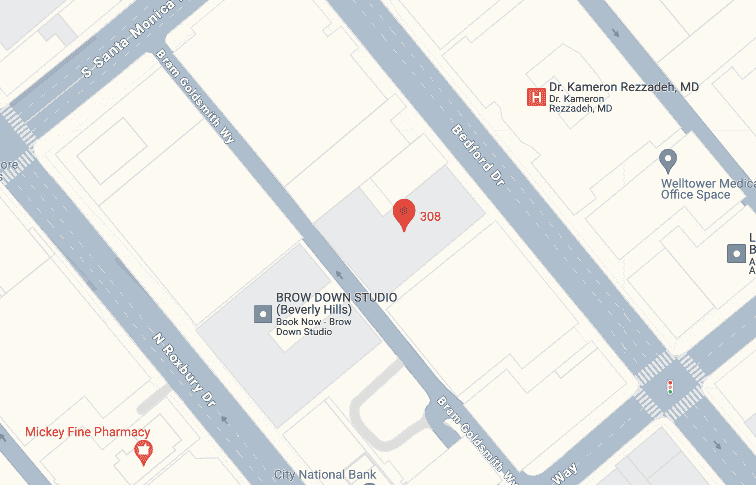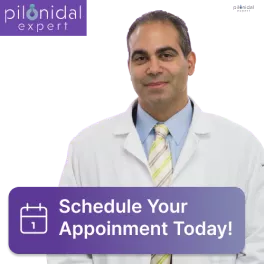Where can I get a pilonidal cyst removed, is something you may have been wondering if you have encountered a pilonidal cyst in your life. Pilonidal cysts, which are frequently linked to pilonidal disease, can cause discomfort and pain for those who have them.
These cysts can cause swelling, infection, and ongoing discomfort. They typically develop close to the tailbone, at the top of the buttocks crease. Although pilonidal cysts can range in severity, they frequently need medical care and occasionally surgery to be effectively removed. We will examine the causes, signs, symptoms, available therapies, and locations for pilonidal cyst removal in this article.
Understanding Pilonidal Cysts and Pilonidal Disease
The terms “pilonidal cysts” and “pilonidal disease” refer to a common but puzzling condition that affects the region close to the tailbone and frequently causes discomfort, pain, and occasionally infection. The natal cleft is the crease between the buttocks, just above the coccyx (tailbone), and it is characterized by the development of small cysts or abscesses. Pilonidal cysts are difficult to treat because of their wide variation in size, severity, and symptoms.
Formation and Anatomy
The word “pilonidal” comes from the Latin words “pilus” (hair) and “nidus” (nest), which gives a clue about the main mechanism of formation of the condition. When hair, dirt, dead skin cells, and other debris get lodged in the tiny pits or depressions in the skin in the natal cleft, pilonidal cysts form. A cyst or abscess may then form as a result of the inflammation that these trapped materials can cause.
It’s still not entirely clear why some people are more likely than others to develop pilonidal cysts. Nevertheless, a number of causes have been noted:
Hair Growth and Friction:
Excessive hair growth in the natal cleft can irritate and inflame the hair follicles, which can result in cyst formation. This irritation and inflammation can also be brought on by clothing friction and movements like sitting or walking.
Anatomical Predisposition:
Some individuals may have anatomical differences, such as deeper natal clefts or unusual skin contours, that lead to pockets where debris can amass more readily.
Sedentary lifestyle:
People who spend a lot of time sitting down are more likely to experience increased friction and pressure in the natal cleft, which can promote cyst development.
Genetic Factors:
There is evidence to suggest that a person’s susceptibility to developing pilonidal cysts may be influenced by genetic factors.
Symptoms of Pilonidal Cysts
Pilonidal cysts, also known as pilonidal sinus or sacrococcygeal fistulas, can result in a variety of symptoms ranging from minor discomfort to extremely painful and infected conditions. These symptoms can have a big impact on a person’s daily life and need to be treated right away to avoid complications. Knowing the symptoms of pilonidal cysts can help with an early diagnosis and the right course of treatment.
1. Localized Pain and Tenderness:
One of the most prevalent and obvious symptoms of pilonidal cysts is pain. Pain and tenderness can develop in the affected area, which is typically at the top of the buttocks crease, close to the tailbone (coccyx). When standing, sitting, or engaging in activities that put pressure on the cyst, the pain might become worse. Depending on the size and severity of the cyst, people may feel a dull ache, a throbbing pain, or a sharp discomfort.
2. Swelling and Redness:
The skin around the cyst may swell, turn red, and feel warm to the touch as it forms and inflames. The body’s reaction to the hair that has become trapped, the debris, and the potential for an abscess to form inside the cyst is this inflammation. The body is attempting to fight off the irritation and infection, as evidenced by the redness and warmth.
3. Abscess Formation:
One of the more serious side effects of pilonidal cysts is the development of abscesses. A pocket of pus that develops inside the cyst as a result of bacterial infection is known as an abscess. A sudden increase in pain and discomfort can result from abscesses. They frequently make the skin above even more irritated and red. In some circumstances, the abscess may spontaneously burst, causing pus and fluid to drain. Although this drainage may provide momentary relief, it usually necessitates medical care to stop the spread of infection.
4. Fever and General Malaise:
A person who develops an abscess and becomes infected may experience a fever, chills, and a general malaise. Systemic symptoms may result from the body’s immune reaction to the infection. Fever is frequently a sign that the infection has spread outside of the cyst and needs to be treated right away.
5. Chronic Recurrence:
Pilonidal cysts are well known for having a propensity to come back over time. Some people may still get cysts even after a successful treatment. Underlying elements like hair growth patterns, anatomical predisposition, and other contributing factors are blamed for this recurrence. People who are affected by a chronic recurrence may experience ongoing discomfort and frustration.
6. Challenge Sitting:
Due to the location of pilonidal cysts near the tailbone and buttocks, sitting can become a challenging task. Long stretches of time spent sitting can be particularly painful because the pressure placed on the cyst while doing so can make the pain and discomfort worse.
Treatment Options
The severity of the condition determines the best course of treatment for a pilonidal cyst. Conservative methods may be advised for less severe cases:
Warm Compresses: Applying warm compresses to the injured area can ease pain and encourage drainage.
Medication for Pain: Over-the-counter painkillers can help you deal with discomfort.
Good Hygiene: Keeping the area clean and dry can prevent further irritation and infection.
For more severe or recurrent cases, medical intervention may be necessary:
Incision and Drainage: A healthcare professional can make a small incision to drain the cyst and relieve pressure. Typically, local anesthesia is used for this.
Antibiotics: To treat the infection if the cyst is infected, antibiotics may be prescribed.
Surgical excision: The removal of the cyst and any surrounding tissue may be advised in cases of chronic or recurrent cysts. This procedure aims to stop recurrences in the future.
Where Can I Get a Pilonidal Cyst Removed?
If conservative treatments are ineffective or if the cyst is causing persistent discomfort or infection, it’s advisable to seek medical attention. You have a choice of locations to have a pilonidal cyst removed:
Primary Care Physician: Speak with your primary care physician first. They can assess the cyst’s severity and suggest the best course of action. If necessary, they might also suggest a specialist to you.
General Surgeon: General surgeons treat a lot of pilonidal cyst cases. These experts have surgical procedure experience and can perform excision if required.
Colorectal Surgeon: For complex or recurrent cases, a colorectal surgeon may be involved. Treatment of ailments of the colon, rectum, and surrounding regions is something they are skilled at.
Specialized Clinics: Some hospitals have dermatology or wound care centers that can offer customized treatment plans for pilonidal cysts.
Hospitals: Surgical excision of the cyst may be done there, particularly in more complicated cases that call for anesthesia.
Discover Relief with Pilonidal Experts
If you’re still wondering, where can I get a pilonidal cyst removed, look no further than Pilonidal Experts – your go-to solution for treating pilonidal cysts and disease. Our specialized team of medical professionals is here to guide you through the journey of pilonidal cyst removal, ensuring your comfort and care every step of the way.
Don’t wait! Call our team today and get the answers you need and more with Pilonidal Experts.








